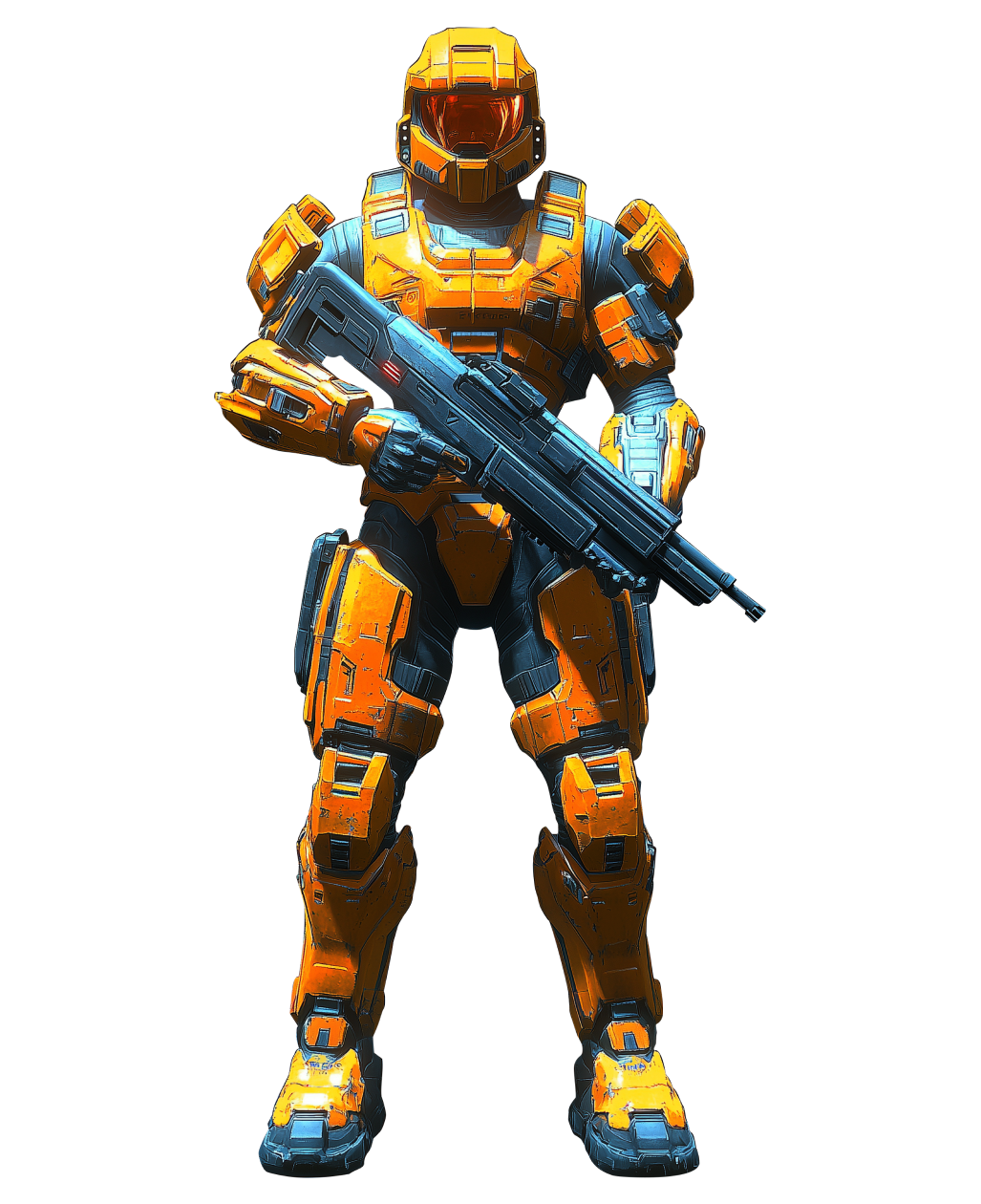Game-Ace takes several strategic steps to optimize multiplayer features, creating a seamless and engaging experience for players. Multiplayer games demand precision, especially in fast-paced shooter environments where lag or performance issues can disrupt gameplay. To tackle these challenges, we implement a range of optimizations, from server-side adjustments to efficient code handling, all aimed at maintaining smooth and stable performance.
Our process begins with optimizing the server infrastructure. Multiplayer shooters rely heavily on low-latency server connections to ensure players can interact without delays. We work with dedicated servers, enhancing their ability to handle large volumes of player data while minimizing latency. By configuring servers close to major player regions, we reduce ping times and increase the overall responsiveness of player actions. Balancing server loads helps prevent any single server from becoming overloaded, which could lead to lag or dropped connections.
1. Optimizing server performance
Efficient server configuration reduces latency, balances player traffic, and maintains smooth communication between players in real-time multiplayer matches. Efficient net code plays a vital role in multiplayer gameplay. Netcode refers to the code that manages data transmission between the server and the client. Optimizing netcode ensures that data packets sent between players are processed quickly and accurately.
Our development team carefully refines how player inputs, movement, and interactions are handled, making every action appear fluid and responsive. Misaligned netcode often results in jittery movement, lag spikes, or “rubberbanding,” where player positions jump around unexpectedly. Game-Ace developers test netcode under various conditions, including different internet speeds, to guarantee a stable experience across different network environments.
Another key factor in smooth multiplayer optimization is player matchmaking. A well-designed matchmaking system is essential for keeping players engaged while ensuring balanced matches. Our matchmaking systems sort players into games based on skill level, latency, and platform type, creating fair and enjoyable matches. Such an approach also reduces the risk of high-latency players disrupting the game for others. A robust matchmaking system reduces waiting times and allows players to quickly enter matches without sacrificing game quality.
2. Refining netcode handling
By optimizing data transmission between client and server, we eliminate lag spikes and rubberbanding, providing consistent player actions.
3. Implementing adaptive matchmaking
Our systems balance player skill levels, latency, and platform, creating competitive matches while reducing the risk of connection issues.
Optimizing graphical performance is another crucial aspect of multiplayer feature development. Multiplayer shooters often involve many players interacting within large, dynamic environments. Our team streamlines game assets to reduce the impact on memory and processor load without compromising visual fidelity. By fine-tuning texture sizes, model details, and special effects, we balance performance and visual quality.
Security and anti-cheat measures are also a factor in multiplayer optimization.
Shooter games are especially vulnerable to cheats or exploits that can ruin the experience for other players. Game-Ace integrates anti-cheat systems directly into the game engine, using both client-side and server-side measures to detect and prevent cheating. By constantly monitoring for suspicious behavior and updating security protocols, we create a fair and competitive environment for all players.
4. Streamlining graphical assets
Reducing texture sizes and optimizing models helps deliver fluid gameplay without sacrificing visuals, even during large-scale multiplayer matches.
In conclusion, Game-Ace takes a comprehensive approach to optimizing multiplayer features, focusing on server performance, netcode efficiency, matchmaking, and graphical performance. Each of these elements contributes to smooth, enjoyable gameplay that keeps players engaged. If you want to learn more, contact us to discuss your multiplayer game needs.











































